agile42
Organizational Learning
Sustainable solutions for learning organizations
We use blended learning approaches to teach your organization the ways of thinking, approaches and practices you need to thrive in a fast-changing world, no matter the size of your company or budget.
Flexible learning for your organization
Your employees can learn at their own pace from anywhere in the world, and choose the most relevant modules to create their own personalized learning journey. This can include leadership and coaching, agile frameworks and methods, product ownership and self-organization.
Learning journeys tailored to your needs
By co-creating this journey together with you, we can ensure that it is highly relevant for your organization and each individual in it. We know that every company is different, and we will work with you to understand your specific needs and help your workforce develop their skills and thinking.

Effective blended learning approaches
Our high quality content is based on many years of experience in both teaching and practicing agility. You can combine our elearning modules, workshops, virtual and in-person training, and coaching into a program that will help your team put theory into practice and grow their skills.
Organizational learning in three steps
1.
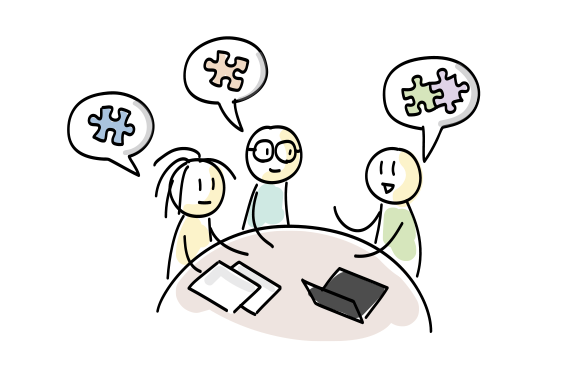
Co-create the program
Our team will help you explore the unique challenges and needs of your organization and its workforce. Together, we’ll discuss your goals and expectations, identify gaps in the skills and knowledge among your team, and dive deep to understand your specific context. Based on that we’ll co-create your blended learning program that combines relevant theory with practical application. Our experience shows that the combination of elearning, coaching and/or instructor-led workshops results in a sustainable learning experience.
2.

Implement the program
Our experts will set up a pilot program and test your custom learning journey on a small group. We’ll run a retrospective to gain feedback and get a sense of what’s working well and what needs to be improved and iterated. Once we’ve perfected the program and user experience, it’s time to scale up and roll it out.
3.
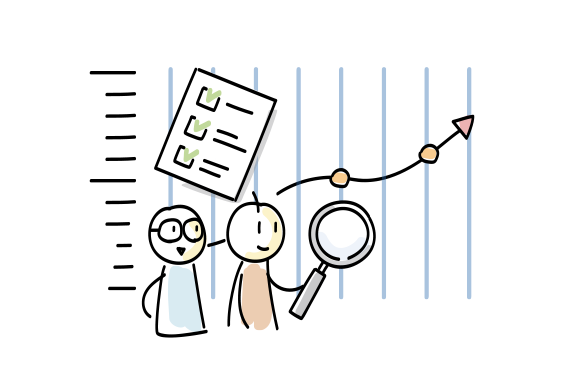
Measure the impact
As your employees learn day by day, we’ll be available for questions and help, and ensure that everyone has access to the resources they need. You’ll have full access to reports and results. Together we’ll monitor the program, gather regular feedback, and keep making improvements as new needs and ideas emerge.
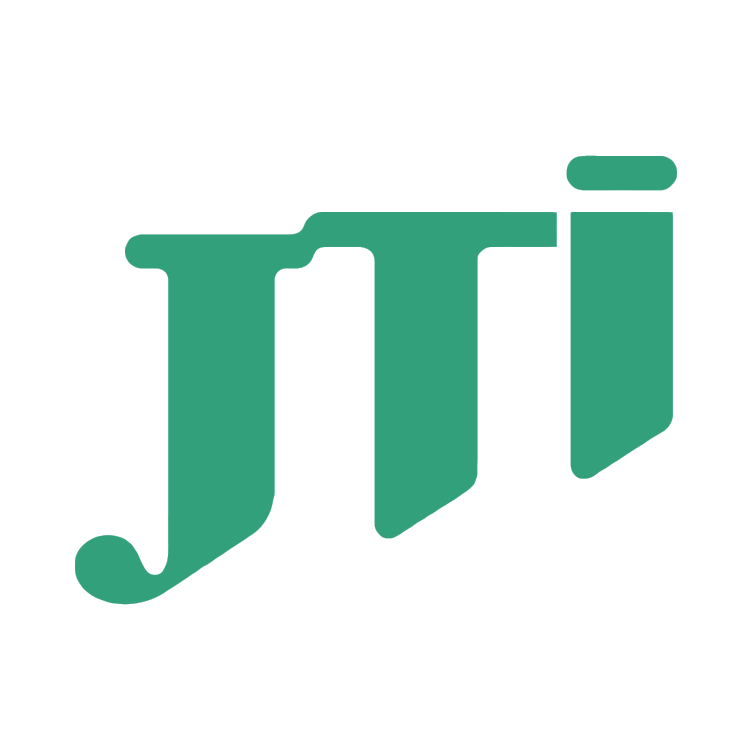
Katrin BirrerJT International SA
agile42 supported us in designing and developing our agile learning program and rolling it out. The learning content has been translated to our context and enables us to grow as a learning organization.
What a learning journey looks like
Here is a typical example of a learning journey that we co-create with our clients. In order to learn about agility for their own benefit as well as their organization’s benefit, participants go through three phases:
1. Self-learning
(1 week)

Jil gets invited to agile42’s online learning platform. It takes Jil 1 day to complete the self-learning phase.
This self-learning includes a number of learning modules which help her learn and understand some important aspects of agility. Each learning module includes a quiz with which Jil can validate her understanding of the material covered.
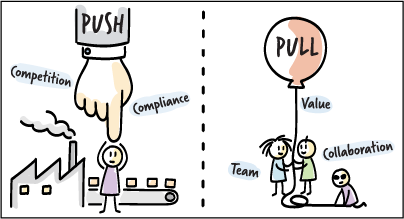
One of the topics focusses on the difference between push and pull systems. This helps Jil understand which type of structure and communication the two systems support and how this affects the engagement, accountability and effectiveness of people.
2. Deep-dive workshop
(2 days)
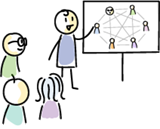
Jil participates in a deep-dive workshop where the learning objectives from her self-learning are
reinforced through exercises and simulations. These help her gain a deeper understanding by applying the concepts in a practical way.
One of the exercises is the Kanban Pizza Game where Jil is experiences the differences between a push and a pull system.
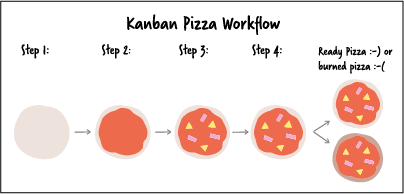
Jil is impressed by the effects of applying the pull principle to a delivery system and finding ways to improve in a retrospective.
After the deep-dive workshop, Jil is ready to apply what she has learned in her own work context.
3. Practical application
(4 weeks)

Jil selects an assignment from a set of options. She chooses to practice facilitating retrospectives with her team for the next four weeks. The self-learning material provides a few ready to use facilitation structures.
Jil and her team thoroughly enjoy their retrospectives as they help them deal with issues that emerge on a day-to-day basis. In the long run they develop a continuous improvement mindset.
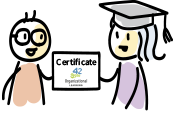
Jil has successfully completed her assignment and has learned a lot in the process. In order to obtain her certificate of completion, she completes a final assessment which validates the impact and influence the adoption of the agile principles, practices and values have had in her daily life.

Organizational Learning in Educational Institutions
agile42 supports schools, universities and other educational institutions. We want to contribute to the education of young generations and help them achieve skills that matter in the 21st century. If you are an educator or staff member of an educational institution, get in touch with us.
